Umaid Bhawan Palace Jodhpur
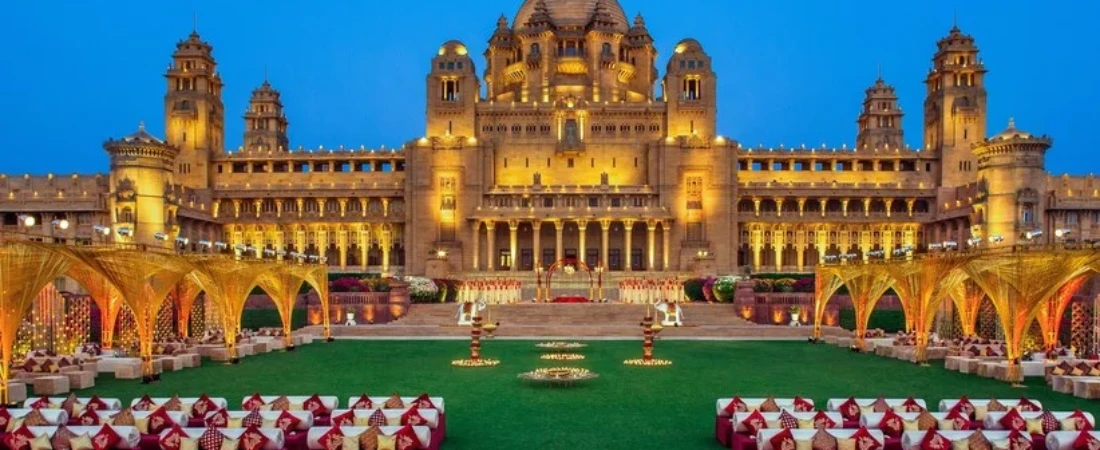
In the heart of Rajasthan’s desert landscape stands Umaid Bhawan Palace, a masterpiece of royalty, architecture, and living heritage. Overlooking the Blue City of Jodhpur from Chittar Hill, this iconic palace is not just a monument of the past but an experience of timeless grandeur. Built in the 20th century, Umaid Bhawan Palace remains one of the largest private residences in the world and continues to house the Jodhpur royal family. A part of the palace operates as a Taj luxury hotel, offering world-class hospitality to guests who want to live like royalty. Another part of it is open to the public as a museum, showcasing treasures from Jodhpur’s glorious past. Its golden sandstone walls reflect the sun’s radiance while its domes and pillars carry whispers of regal times gone by. Visiting Umaid Bhawan Palace is not merely sightseeing—it is stepping into a living piece of India’s royal legacy.
Historical roots
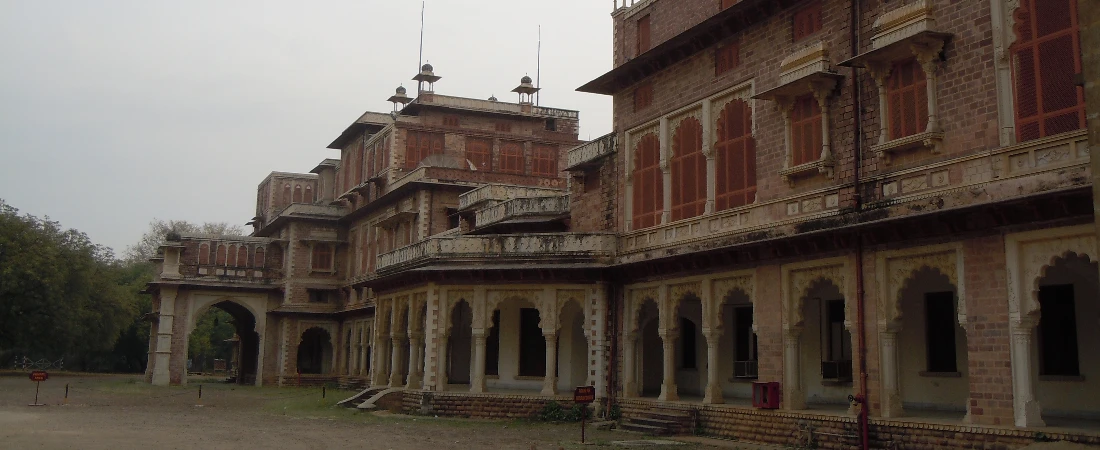
Umaid Bhawan Palace was built with a purpose far greater than opulence. In the late 1920s, the region of Marwar suffered a devastating famine. Maharaja Umaid Singh, the 37th ruler of Jodhpur, commissioned the construction of this grand palace to provide employment and relief to the people affected by drought and poverty. The project began in 1929 and was completed in 1943, taking nearly 15 years and over 3,000 workers to complete. It was a vision of hope, generosity, and foresight. Designed by British architect Henry Vaughan Lanchester, the palace combined Indo-Saracenic, Classical Revival, and Art Deco styles. This wasn’t just a construction project—it was a statement of resilience. The name Umaid Bhawan itself pays homage to the Maharaja whose kindness turned a time of crisis into an opportunity for thousands. Even today, the palace stands as a symbol of that royal compassion and social leadership, something that continues to echo in Jodhpur’s cultural pride.
Stunning design
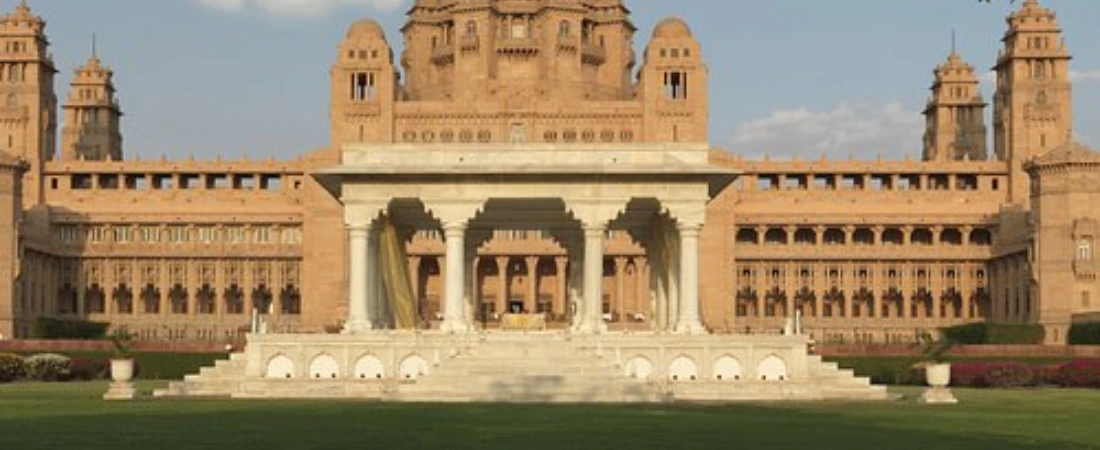
Umaid Bhawan Palace is a marvel of early 20th-century architecture. Spread across 26 acres, it is made entirely of golden-yellow sandstone, giving it a radiant glow under the Rajasthani sun. The central dome rises 105 feet high and is visible from various parts of the city, creating a powerful silhouette against the sky. The palace’s design includes grand staircases, lush courtyards, intricately carved pillars, and over 347 rooms. One remarkable fact is that no cement or mortar was used in the construction—each stone was fitted using an interlocking system. The interiors are equally breathtaking, with shining marble floors, high ceilings, lavish furniture, and a touch of Art Deco sophistication. The use of Burmese teak, Makrana marble, and exquisite lighting fixtures adds depth and elegance. Everything inside and outside the palace speaks of thoughtful planning, luxury, and cultural blending. It’s a structure that doesn’t just impress you with size but stuns with details and craftsmanship.
Luxury hotel

A major part of Umaid Bhawan Palace is managed by Taj Hotels as one of India’s finest luxury heritage hotels. Staying here is more than accommodation—it’s a royal journey. Guests are treated to grand traditional welcomes, complete with rose petals, music, and aarti. The rooms and suites are tastefully decorated with antique furniture, art pieces, and luxurious fabrics, while still offering all modern comforts. The hotel features fine dining options like Risala, which serves royal Rajasthani and continental cuisine, and Pillars, a veranda-style restaurant that overlooks the lush gardens. The Jiva Spa offers signature treatments inspired by ancient Indian wellness rituals, adding a calming element to your royal escape. From candle-lit dinners on the terrace to polo-themed lounges and curated heritage walks, the hotel delivers a world-class experience. It’s no surprise that it hosted celebrity weddings like Priyanka Chopra and Nick Jonas’. Everything here is designed to make guests feel like modern-day royalty.
Public museum
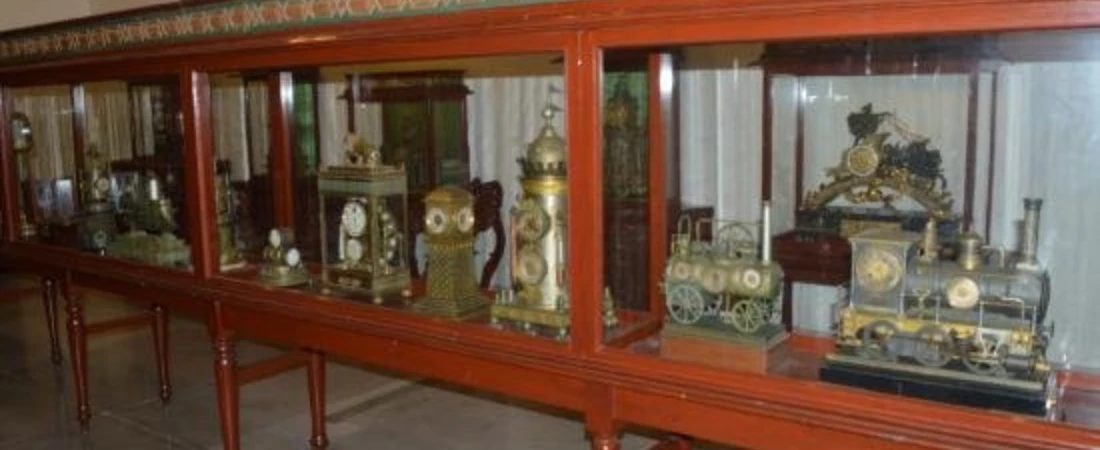
Even if you're not staying at the hotel, Umaid Bhawan Palace welcomes you through its public museum located in the eastern wing. The museum is a treasure trove of royal memorabilia and gives deep insight into the rich history of Jodhpur and the Marwar dynasty. Exhibits include vintage clocks, royal portraits, weapons, trophies, and furniture once used by the royal family. A highlight for many visitors is the vintage car collection, which showcases classic Rolls-Royces, Cadillacs, and other rare automobiles used by the Maharajas. The gallery dedicated to the architecture and construction of the palace is equally fascinating, showing original blueprints, photographs, and sketches that document the palace’s making. The museum offers a rare, up-close view of royal life, not as a fairy tale but as a lived reality. It’s both educational and visually stunning—an excellent stop for history enthusiasts, architecture lovers, and anyone interested in India’s royal past.
Final thoughts
Umaid Bhawan Palace Jodhpur is not just a building—it’s a living legend. It tells the story of royal generosity, brilliant architecture, and cultural continuity. Whether you're staying in the luxurious Taj hotel, walking through the museum halls, or simply admiring the palace from afar, the experience is unlike anything else in India. This palace doesn’t just reflect Jodhpur’s glory—it defines it. From its humanitarian roots during famine to its modern status as a global symbol of luxury, Umaid Bhawan has grown with grace. For travelers seeking a deep connection to Rajasthan’s regal heritage while enjoying the best of Indian hospitality, there is no place quite like it. It is where the past and present come together, creating memories that last far beyond your journey.


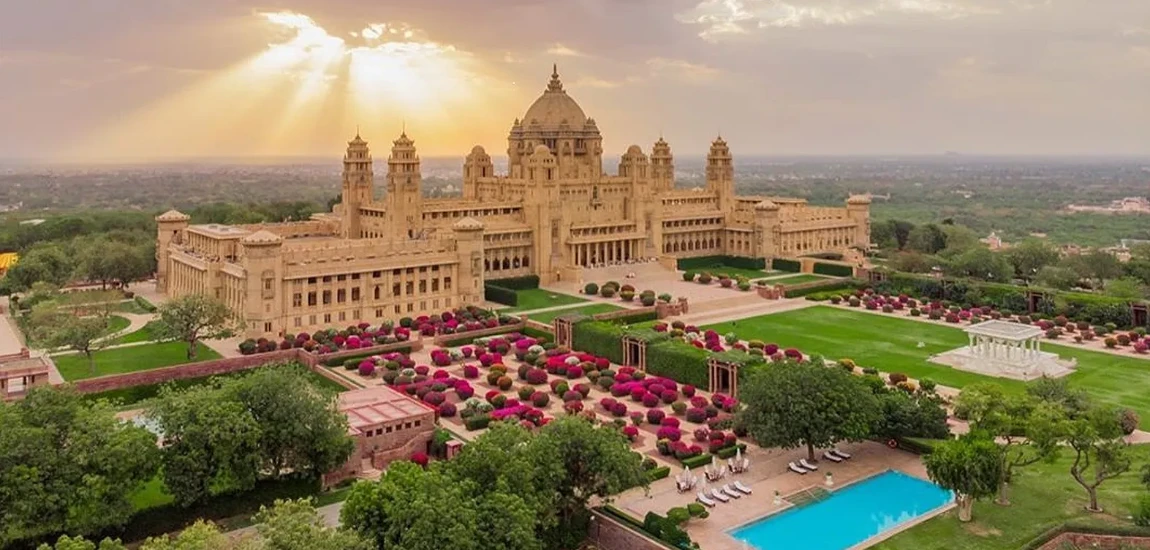
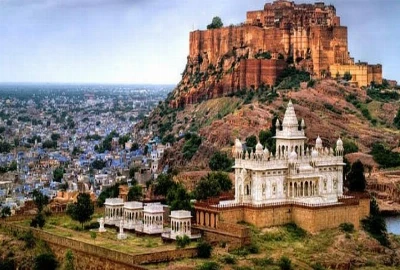
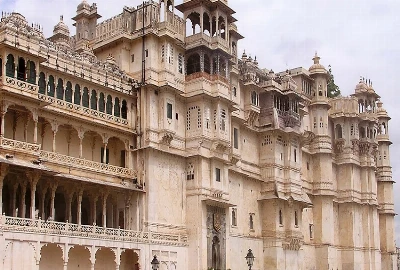


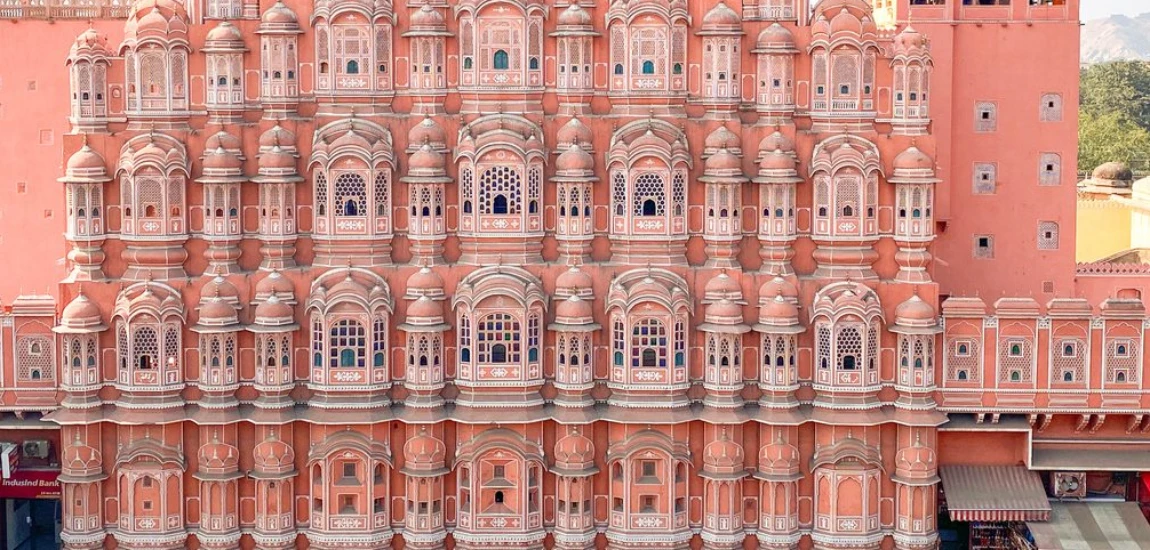

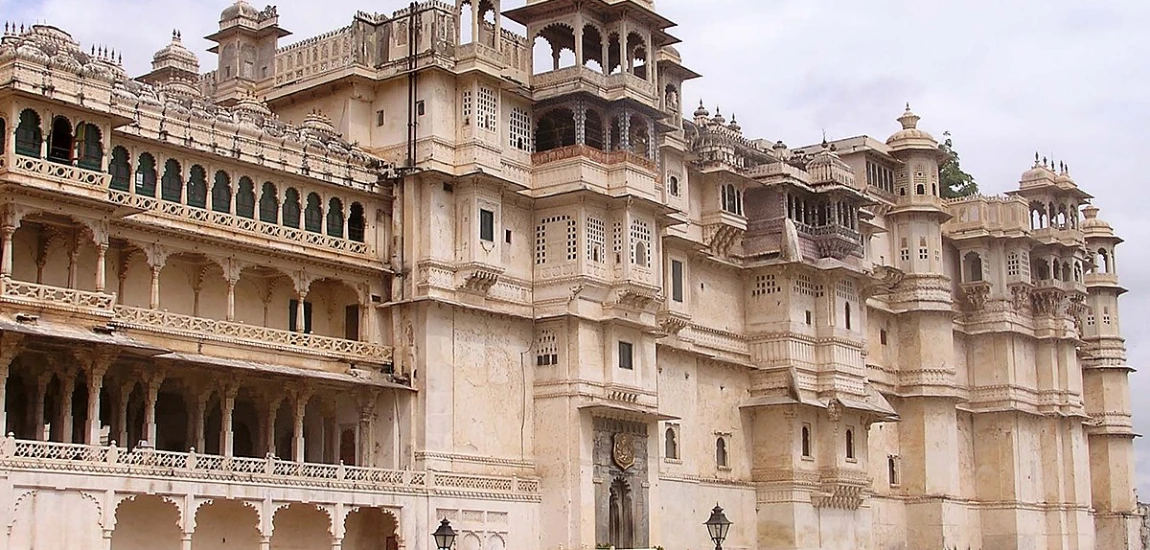
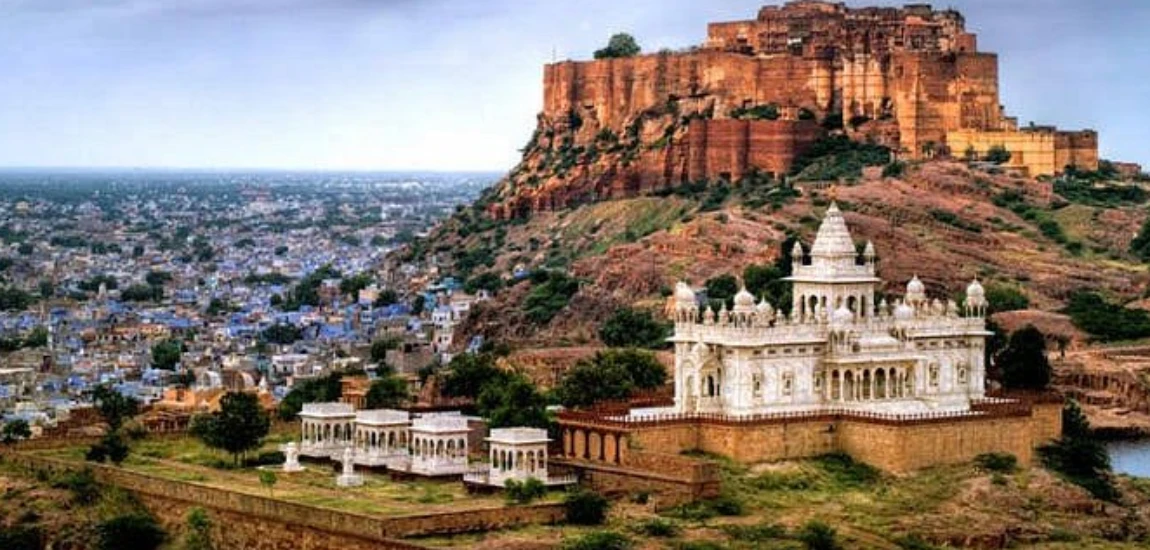
Leave a comment